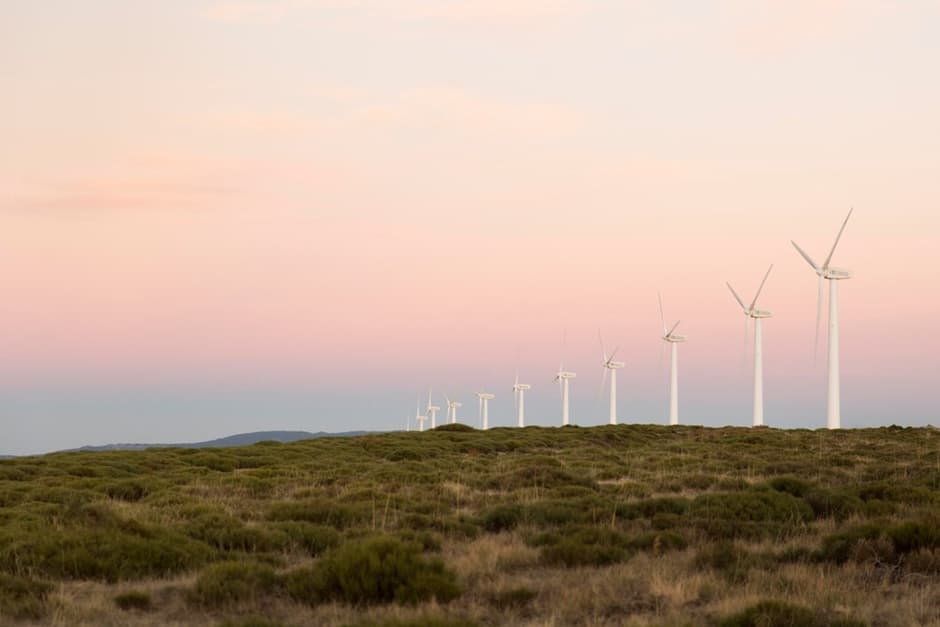Artificial intelligence (AI) has rapidly become an essential asset in many industries, including the renewable energy sector. Wind energy, a prominent source of sustainable power, greatly benefits from AI-driven solutions that enhance turbine performance and energy output. This article explores how AI improves wind turbine functionality through predictive maintenance, real-time data analysis, and advanced modelling.
Harnessing Predictive Maintenance
One of the most significant applications of AI in wind energy is predictive maintenance. Traditional maintenance involves scheduled checks or reactive repairs, which can lead to unexpected malfunctions and increased operational costs. AI shifts this approach by using data to predict when maintenance is required, allowing operators to address potential issues before they escalate.
How It Works
Wind turbines are equipped with sensors that collect data on various parameters such as vibration, temperature, wind speed, and blade rotation. AI algorithms analyse this data to identify patterns that suggest wear or potential mechanical failures. By detecting these signs early, maintenance teams can perform timely repairs, reducing downtime and preventing costly emergency interventions.
This proactive approach not only extends the life of turbine components but also ensures continuous energy production. Predictive maintenance also contributes to more efficient resource allocation, allowing for optimised operational schedules.
Real-Time Data Analysis for Adaptive Performance
AI’s ability to process and analyse vast amounts of data in real time enables wind turbines to adjust their operations dynamically. This adaptive capability ensures that turbines capture the maximum amount of energy possible, even under varying weather conditions.
Adapting to Changing Conditions
Wind conditions can change rapidly, affecting the efficiency of energy production. AI-driven systems allow turbines to adapt their blade angles and rotation speeds to optimise energy capture. For instance, during sudden gusts or shifts in wind direction, AI algorithms can make quick adjustments to maintain optimal power generation while minimising mechanical strain.
Real-time data analysis is not limited to performance optimisation. It also helps integrate wind energy more effectively with the power grid. When paired with smart grid technologies, AI ensures that the supply of wind-generated electricity matches the grid’s demands, enhancing the reliability and stability of the overall energy supply.
AI’s role in analysing data for optimisation extends beyond renewable energy. Industries such as online gaming also utilise machine learning for predictive analysis and user engagement strategies. For example, platforms showcasing https://play-fortune.pl/gry-online/automaty-do-gier utilise AI to tailor user experiences and manage game operations efficiently.
Advanced Modelling and Simulation
Beyond operational benefits, AI assists in the planning and strategic development of wind energy projects. Advanced modelling and simulation powered by AI offer insights into potential energy outputs, turbine placement, and environmental impacts.
Benefits of AI-Powered Simulations
AI-driven simulations analyse vast data sets that include wind patterns, topographical information, and historical weather data. This level of analysis helps planners determine the most suitable locations for turbine installations, ensuring maximum energy production from the outset. Simulations also allow operators to predict how turbines will perform under different scenarios, helping fine-tune their setup to boost efficiency.
In operational settings, AI models continuously learn from new data, making performance recommendations based on past results. This feedback loop creates a system where wind turbines can autonomously optimise their operations, improving over time without manual intervention.
Future Prospects and Challenges

The integration of AI into wind turbine performance management is not without challenges. Initial implementation costs for AI technology and training can be high, potentially limiting its adoption. Data security is another concern, as large-scale data processing must be safeguarded to prevent disruptions that could impact energy production.
Despite these challenges, the potential benefits far outweigh the obstacles. AI is expected to play an even greater role in renewable energy as advancements in machine learning and predictive analytics continue. Enhanced AI capabilities could enable better integration of wind energy with other renewable sources and improve energy storage solutions for increased reliability.
AI’s application in wind energy is just one example of its wide-ranging potential. Similar predictive technologies are used in industries like online gaming to improve data-driven decisions and enhance user experiences. Platforms that review gaming options, such as https://grafortuna.com.ua/free-slots/big-bamboo, highlight the importance of sophisticated algorithms in providing dynamic and engaging services.
In conclusion, AI’s role in optimising wind turbine performance is both profound and transformative. From predictive maintenance and real-time adjustments to strategic modelling, AI offers numerous benefits that improve efficiency and reduce operational costs. As technology advances, its integration with wind energy systems will continue to strengthen, fostering a future of sustainable and reliable energy production.